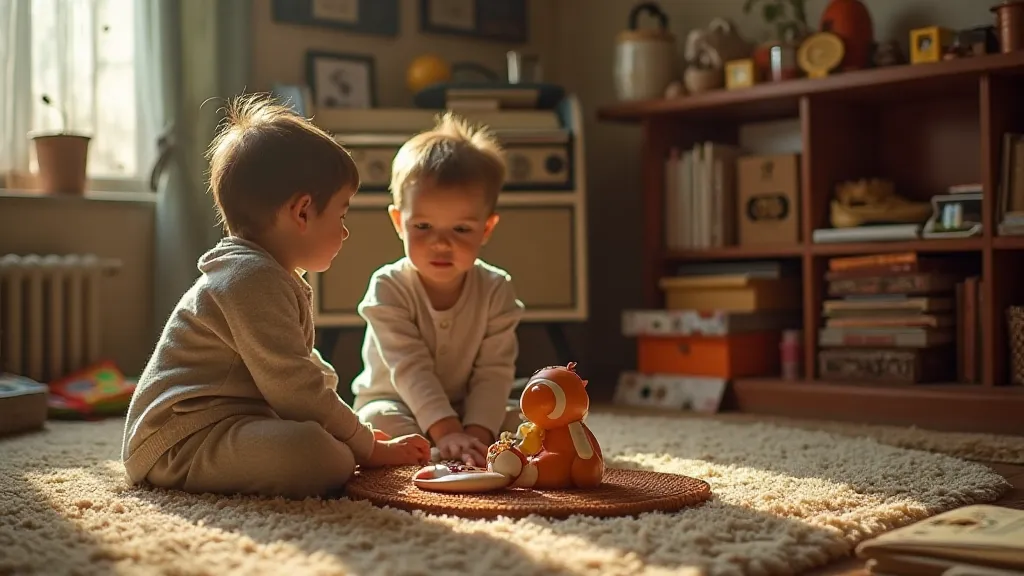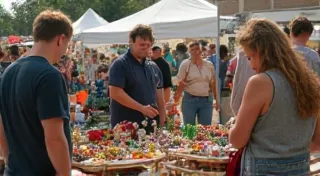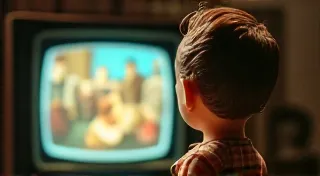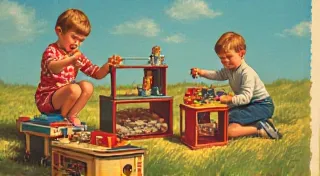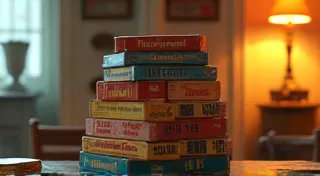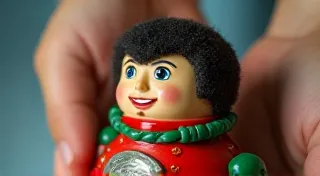Investing in Vintage Toys: Risks and Rewards
The allure of vintage toys goes beyond mere nostalgia. For many, it represents a potential investment opportunity – a chance to own pieces of history that could appreciate in value over time. But like any investment, vintage toy collecting isn’t a guaranteed path to riches. It requires knowledge, patience, and a healthy dose of risk awareness. This article explores the potential of vintage toy collecting as an investment, discussing the factors that influence value and the potential risks to consider.
The Appeal of Vintage Toys as Investments
Several factors contribute to the appeal of vintage toys as investments. The primary driver is the burgeoning “retro” market. As generations who grew up with these toys mature, they’re often willing to spend money to recapture those childhood memories. This creates a consistent demand for authentic, well-preserved items. Furthermore, certain vintage toys have achieved iconic status, becoming recognizable symbols of specific eras and cultural moments. Think of Star Wars action figures from the 1970s, Barbie dolls from the 1960s, or GI Joe figures – these aren't just toys; they're pieces of cultural history.
The collectibility factor is also key. Limited production runs, prototypes, variations in packaging, and factory errors can all contribute to a toy's rarity and desirability. A common toy in poor condition might be worth a few dollars, but the same toy in mint condition, with original packaging and a unique variation, can command a significantly higher price.
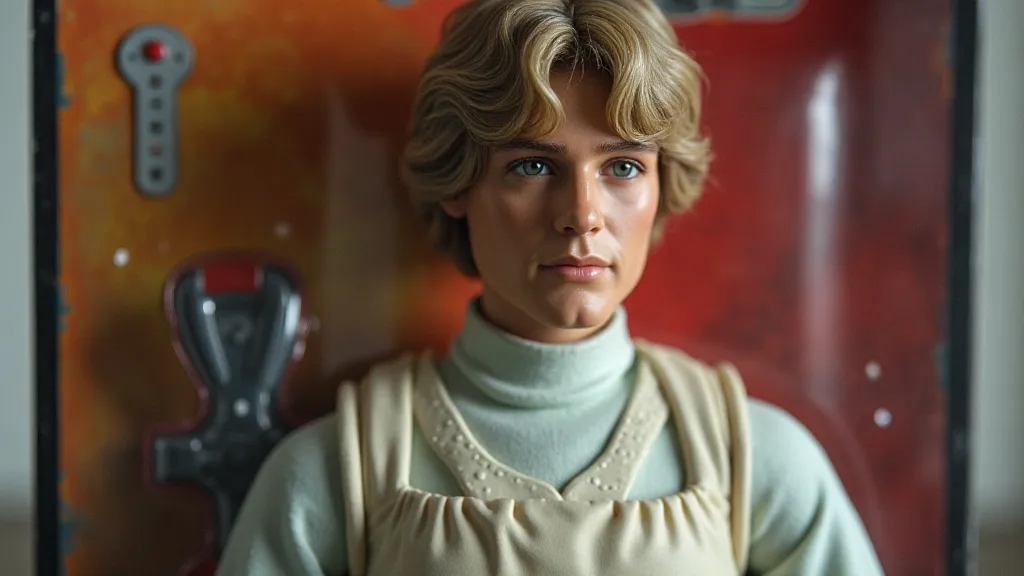
Factors Influencing Value
Determining the value of a vintage toy is not as simple as looking at a price tag. A complex interplay of factors influences its worth:
- Condition: This is arguably the most important factor. Toys in “mint” or “near mint” condition, with original packaging and instructions, command the highest prices. Damage like scratches, paint loss, broken parts, or missing accessories drastically reduce value. Grading systems, similar to those used for comic books and coins, are increasingly used to assess condition.
- Rarity: Limited production runs, prototypes, and variations are inherently more valuable. Knowing the production history of a toy is crucial.
- Original Packaging: Many collectors are willing to pay a premium for toys that still have their original packaging. The condition of the packaging is also a factor. A box with significant damage will detract from the toy’s overall value.
- Demand: Trends and popularity fluctuate. A toy that’s currently in high demand may become less desirable in the future.
- Historical Significance: Toys associated with significant historical events or cultural moments often hold increased value.
- Completeness: Many vintage toys came with accessories. Having all original accessories significantly increases value.
- Authentication: Fake and reproduction vintage toys are increasingly common. Authenticity is paramount, and expert authentication can be necessary to confirm a toy’s genuineness.
Potential Risks to Consider
While the potential rewards of vintage toy collecting can be substantial, it's crucial to be aware of the risks involved:
- Market Volatility: The vintage toy market, like any market, is subject to fluctuations. Demand can change rapidly, and prices can fall as quickly as they rise.
- Counterfeiting and Reproduction: The proliferation of fake and reproduction vintage toys is a significant concern. Discerning genuine items from fakes requires expertise and careful examination.
- Storage and Preservation: Vintage toys are often delicate and require proper storage to prevent further deterioration. Exposure to sunlight, humidity, and extreme temperatures can damage them.
- Lack of Liquidity: Unlike stocks or bonds, vintage toys can be difficult to sell quickly. Finding a buyer willing to pay your desired price may take time and effort.
- Authentication Costs: Getting a toy authenticated by an expert can be expensive.
- Overpaying: The excitement of the hunt can lead to impulsive decisions and overpaying for a toy. Thorough research and understanding market values are essential.
- Changing Tastes: What’s considered “cool” or “collectible” can change over time. A toy that’s popular today may not be so desirable in the future.
Getting Started: Tips for Aspiring Vintage Toy Investors
If you’re interested in exploring vintage toy collecting as an investment, here are some tips to get you started:
- Specialize: Don't try to collect everything. Focus on a specific category or brand that interests you and that you can learn inside and out (e.g., 1980s Transformers, vintage Barbie dolls, early GI Joe figures).
- Educate Yourself: Learn as much as possible about the toys you’re interested in. Read books, browse online forums, and connect with experienced collectors.
- Start Small: Begin with affordable toys and gradually build your collection.
- Research Market Values: Track prices on eBay, at auctions, and at toy shows.
- Buy Authentic Items: Only purchase from reputable dealers or sellers with a proven track record.
- Get Expert Advice: Don’t hesitate to consult with experienced collectors or authenticators.
- Patience is Key: Building a valuable collection takes time and patience. Don't expect to get rich overnight.
- Focus on Condition: Always prioritize condition when making purchasing decisions.
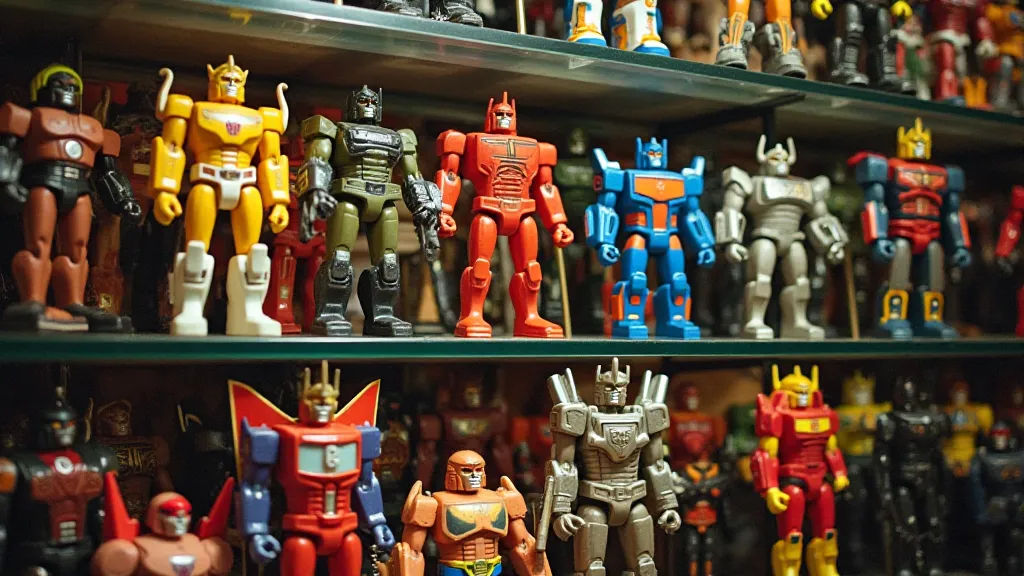
Conclusion
Investing in vintage toys can be a rewarding experience, both financially and personally. It combines the thrill of the hunt with the satisfaction of owning a piece of history. However, it’s not a risk-free endeavor. A thorough understanding of market dynamics, an eye for detail, and a healthy dose of caution are essential for success. By educating yourself, specializing in a specific area, and buying authentic items, you can increase your chances of building a valuable and enjoyable vintage toy collection. Remember to enjoy the journey and the nostalgia that comes with it - that's a value that can't be quantified!
